Microgird is not a new concept but it has become more popular since people recognized the need for microgrid and as the renewable energy prices kept falling. More than 15 years ago, the US Department of Energy has sponsored early research that laid the foundations for microgrids systems and explored the benefits. The core ability and promise of microgrid is to address environmental concerns due to climate change that have been growing in recent years.
Have you ever thought of facilitating electrical grid network on a small-scale for your own community, village or may be apartment? That’s where microgrid concept comes into play. To answer questions like: “what’s microgrid, why to use microgrid?, what’s the role of microgrid?” we’ve explored the microgrids in more details from history to applications.
What is Microgrid?
Microgrid is simply a small network that powers localized electrical loads of a community through local electricity sources. Microgrids are normally connected and synchronized with the national grid (macrogrid) but can also operate independently in disconnected (also known as island) mode.
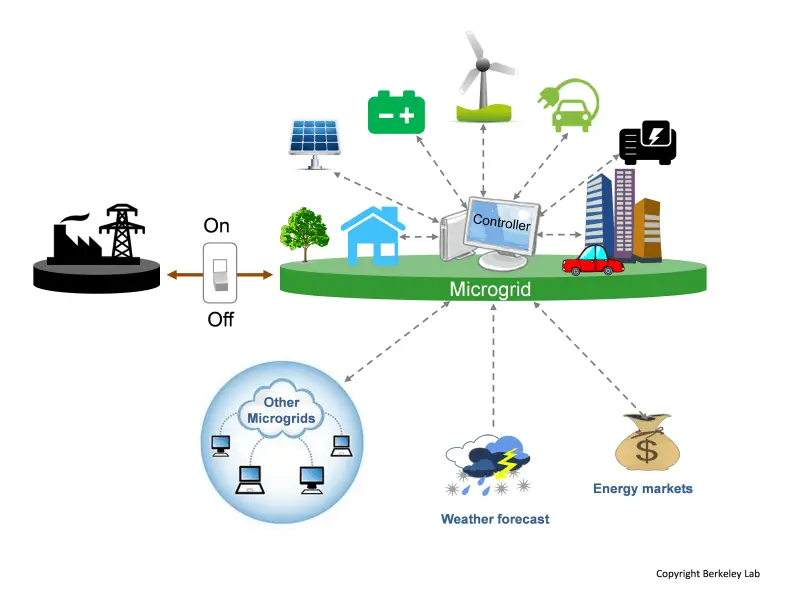
The United States Department of Energy Microgrid Exchange Group defines a microgrid as a group of interconnected loads and distributed energy resources (DERs) within clearly defined electrical boundaries that acts as a single controllable entity with respect to the grid. A microgrid can connect and disconnect from the grid to enable it to operate in both connected or island-mode.
The EU research project explains a microgrid as comprising Low-Voltage (LV) distribution systems with distributed energy resources (DERs) (micro-turbines, fuel cells, photovoltaics…), storage devices (batteries, flywheels) energy storage system and flexible loads. The operation of micro-sources in the network can provide benefits to the overall system performance, if managed and coordinated efficiently. Today the microgrid concept has exploded to include various architectures of energy resources into a coordinated energy entity that its merit is much greater than the individual components.
Microgrid History
As stated earlier that microgrid is not a new concept and is in use in modern form since 1955 as the first “modern industrial microgrid in the United States was a 64 MW facility constructed at Whitling Refinery in Indiana,” according to Pike Research. In fact, Thomas Edison’s first electricity generating power plant constructed in the year 1882 – the Manhattan Pearl Street Station was essentially a microgrid, since a centralized grid system had not yet been established. Amazingly, Edison’s Manhattan Pearl Street Station met all of today’s standards for what is today’s microgrids system. It was self-contained and powered by coal fired steam engines that drove six jumbo generators; generating 1,100 kW DC each.
Microgrid concept become well known when the Superstorm Sandy hit the US in 2012. There was a blackout for many weeks in northeastern part of the U.S. including New York City, however many consumers observed that not everyone lost power. Some of the buildings in New York, New Jersey and Connecticut had lights on, because they had distributed generation (DG) or microgrids installed. This event got a lot of consideration from the politicians in charge because of their constituents. As a consequence, microgrids were included in the reconstruct of the power grids in this area and as they say, the rest is history.
Electricity Generation Sources for Microgrids
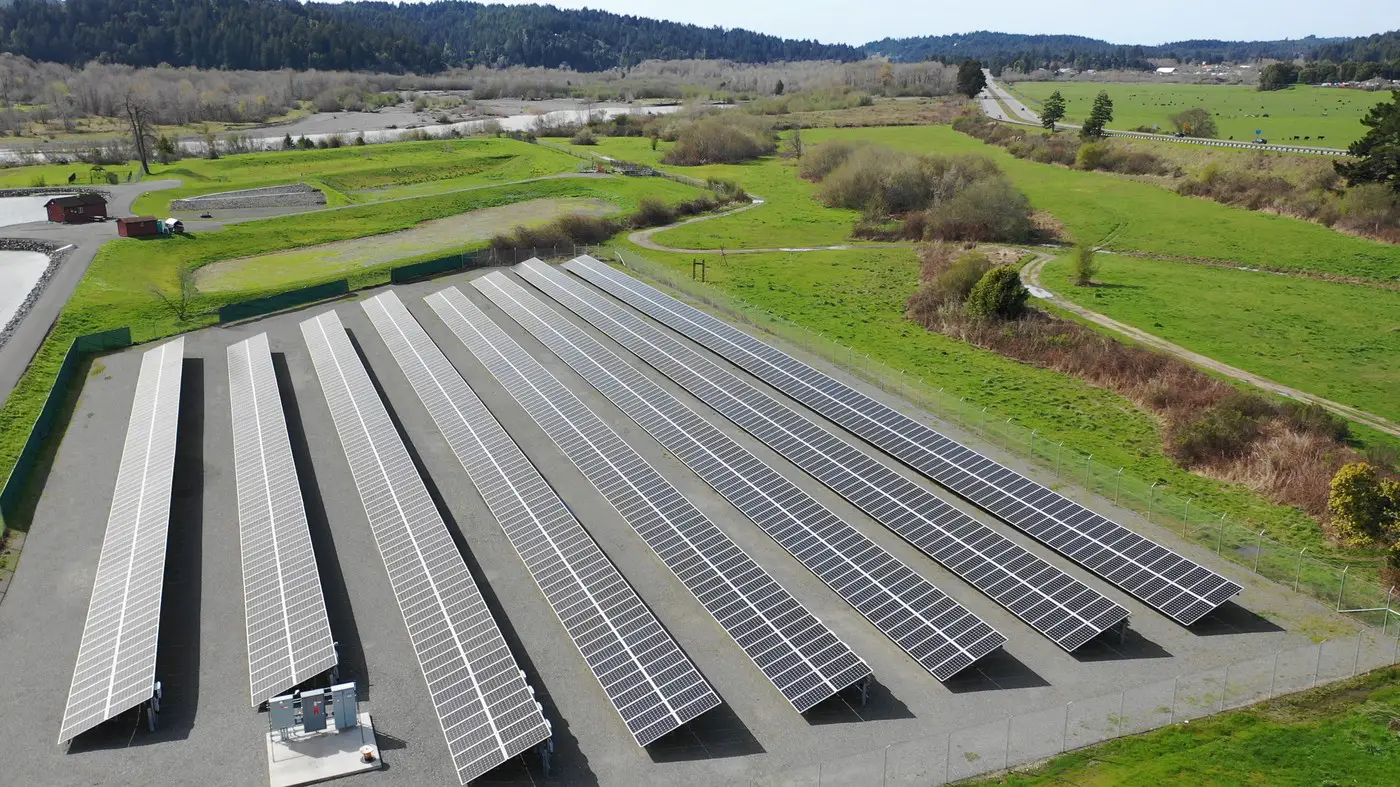
A microgrid presents different kinds of generation sources that feed electricity, heating, and cooling to the consumers. To meet the local load demands of the consumers, a microgrid must have a generating source. Given that microgrids are an older concept, traditionally the generating sources in use were fossil fuel generators, gas-powered generator for example. Nowadays, as the renewable energy prices are falling down and the demand for a clean source of power is growing, variable renewable energy (VRE) sources such as solar power or windpower with battery storage are used in modern microgrid designs.
When a blackout occurs or due to any other cause which cuts the power, the microgrids can be islanded (disconnected) to produce and continue the power supply to local loads. This is one of the key feature of the microgrid systems which ensure the power supply upon main grid failure.
Microgrid Applications
Microgrids have a wide range of applications. Microgrids can be used to power and provide resiliency for:
- Emergency Response Buildings
- Cities (providing resiliency)
- Military Base
- Commercial and Industrial Facilities
- Campus
- Schools
- Communities
- Villages
Microgrids are cost effective that can lower the costs associated with electricity through self generating and consumption. Moreover, microgrids are increasingly being equipped with energy storage systems, as batteries become more cost competitive.
Why Microgrid Systems? Why now?
Microgrid systems are effective due to the following reasons:
- Low-cost
- Secure
- Efficient
- Reliable Access to Power
- Provides Clean Energy
- Local Resiliency
- Sustainable and Low Carbon
Microgrids are useful in both grid-connected and off-grid form. In grid connected form, microgrid improves grid resiliency, high power quality and increased self consumption. In off-grid form, microgrid provides access to power in remote areas, increases power quality, reduces environmental impacts and can be deployed in low cost. Microgrids can always switch between these two modes (connected or islanded). A microgrid is also a great example of a smart grid technology since it leverages information technology to automate and improve reliability.




![Types of Engineers and What they Do [Explained]](https://www.engineeringpassion.com/wp-content/uploads/2022/04/types-of-engineers-and-what-they-do-280x210.jpg)




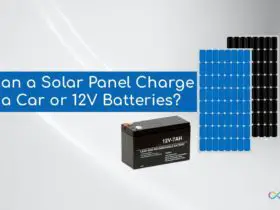
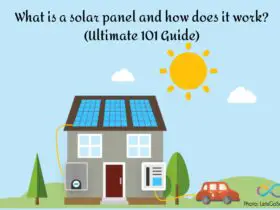
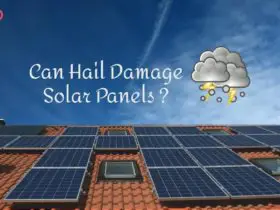
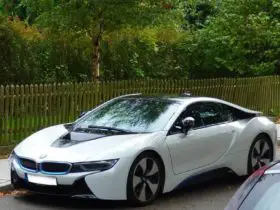
Inspite of microgrid technology still pakistani people are paying huge govt electricity bills?